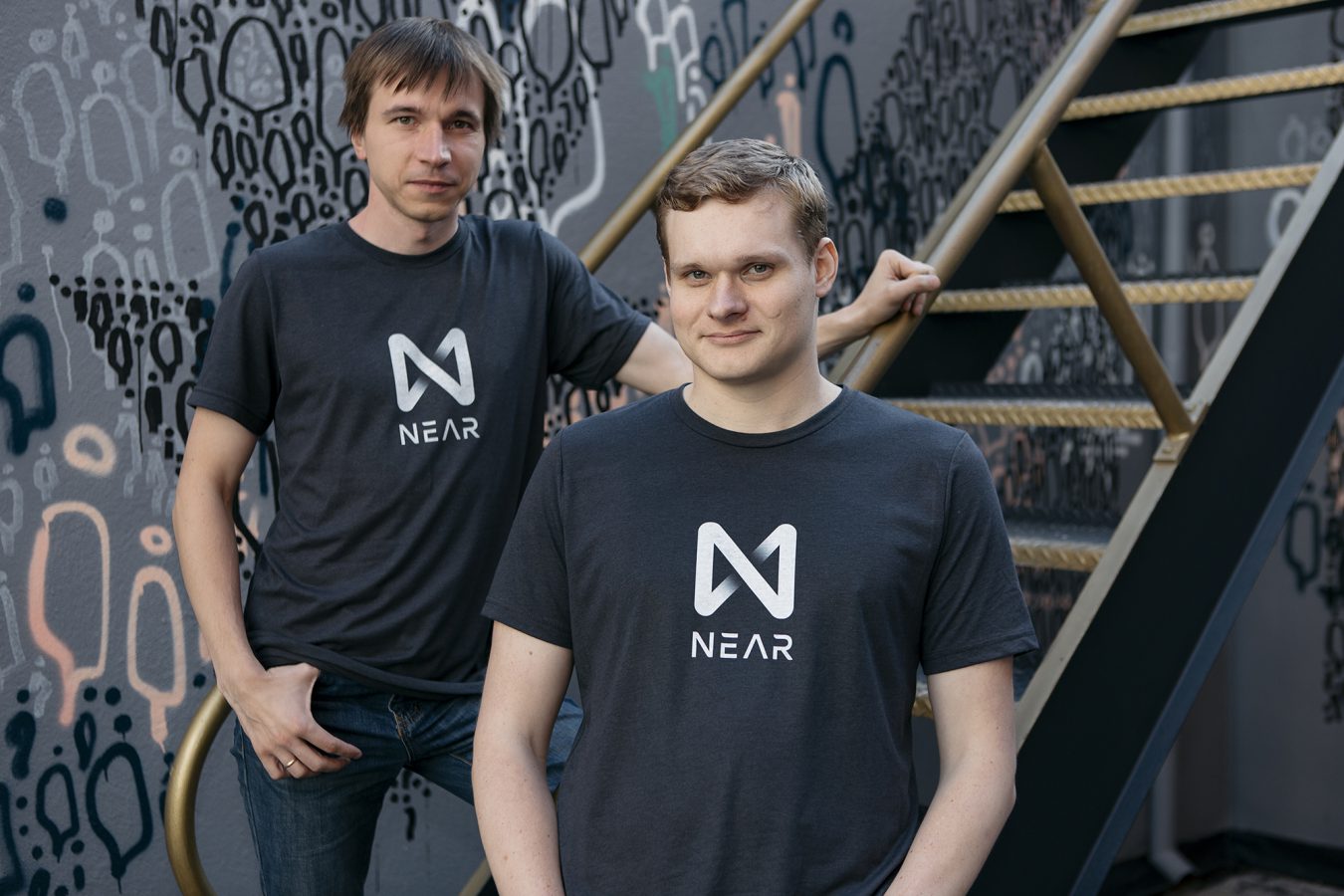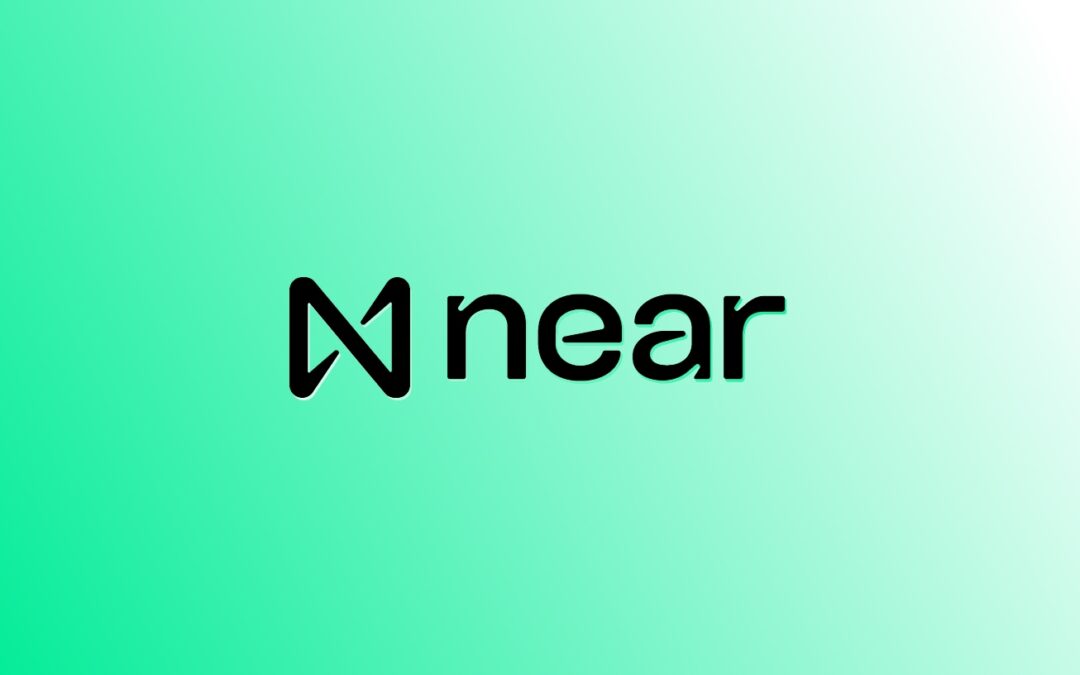When I look at the fast-moving world of crypto, NEAR Protocol always grabs my attention. Its unique approach to scalability and user-friendly design has made it stand out in a crowded market. As more investors and developers flock to NEAR, I can’t help but wonder where its price might head in the next few years.
Predicting NEAR’s price for 2026 isn’t just about numbers—it’s about understanding the trends shaping blockchain technology and the broader crypto industry. With so much happening in DeFi and Web3, I’m excited to explore what could drive NEAR’s value and what challenges might lie ahead.
Overview of NEAR Protocol

NEAR Protocol powers a layer-one blockchain focused on scalability and developer access. I see NEAR using a sharded architecture, where transactions divide between chunks, lifting network throughput compared to legacy chains. The protocol’s consensus utilizes Nightshade and Doomslug mechanisms, which split validation and confirmation, improving speed and lowering fees.
Developers interact with NEAR’s contract platform through human-readable account names and low transaction costs. Projects like Sweat Economy, Ref Finance, and Aurora build on NEAR, taking advantage of the network’s adaptable infrastructure. Dapps on NEAR operate with quick finality times averaging one to two seconds.
In the decentralized finance (DeFi) space, NEAR supports stablecoins and decentralized exchanges, offering liquidity incentives that sustain adoption. Cross-chain bridges like Rainbow connect NEAR with Ethereum, increasing its interoperability and boosting its ecosystem variety.
NEAR Protocol Key Stats (2024)
| Metric | Value | Source |
|---|---|---|
| TPS (max observed) | 2,000+ | NEAR Explorer |
| Finality Time | 1–2 seconds | NEAR Technical Docs |
| Daily Transactions | 1,600,000+ | NearBlocks |
| Active Accounts | 1,600,000+ | NEAR Foundation April 2024 |
| TVL (DeFi) | $125,000,000+ | DefiLlama, May 2024 |
Upgrades like protocol-level fee markets and account abstraction continue to push NEAR’s performance. I find NEAR’s tokenomics feature inflationary rewards for validators and a deflationary burn from transaction fees, directly linking protocol usage to token demand.
Historical Price Performance of NEAR

NEAR’s historical price trajectory shows volatility with upward momentum linked to ecosystem expansion and adoption. I see price swings marked by periods of both sharp growth and corrections, with notable increases following network milestones or partnership announcements. Technical indicators—such as support at $2.1—signal critical points for bullish market sentiment, as highlighted by repeated rebounds from these levels.
Between its initial listing and the present, NEAR cycled through various price zones. NEAR established its all-time high near $20 during peaks in network activity and broader crypto market rallies. Pullbacks often occurred during wider market downturns, though strong development activity on the protocol typically restored price momentum.
Key historical statistics contextualize NEAR’s market behavior:
| Year | Milestone Event | Price Range | Market Trend |
|---|---|---|---|
| 2021 | All-time high | $17–$20 | Driven by NFT and DeFi growth on NEAR |
| 2022 | Bear market and DeFi decline | $2.60–$5.85 | Broader crypto sell-off impacts NEAR token |
| 2023 | Layer-one resurgence | $1.10–$3.25 | Protocol upgrades and blockchain scalability focus |
| 2024 | Consistent ecosystem growth | $2.50–$7.50 | Increases in dapps and active accounts |
Daily transaction counts over 1.6 million and active accounts topping 1.6 million as of 2024 demonstrate strong utility behind price movements. Technical models such as RSI, MACD, and Fibonacci retracement suggest that support and resistance zones influence trading strategies and momentum.
Bullish periods tend to align with new listings or NFT launches, while bearish cycles tie to larger industry-wide corrections. My analysis, grounded in data and technical reference points, positions NEAR’s historical price moves as a foundational context for any forward-looking 2026 price predictions.
Key Factors Influencing NEAR Price Prediction for 2026
NEAR price trends in 2026 depend on several interconnected vectors spanning adoption, technology, and global market dynamics. I prioritize these key factors to ground every price scenario in specific, observable trends.
Market Adoption and Ecosystem Growth
Market adoption for NEAR in 2026 primarily hinges on dApp activity, DeFi use cases, and developer engagement. Projects like Sweat Economy and Ref Finance highlight how diverse DeFi protocols drive transaction volumes and token demand. Increased active accounts—1.6 million daily in early 2024—and above 1.6 million daily transactions show established user retention; if new partners, institutional investors, or high-profile integrations enter the network, I expect demand surges. The chart below anchors ecosystem growth’s influence on NEAR’s price in quantifiable metrics:
| Ecosystem Metric | Value (2024) | Context |
|---|---|---|
| Active Accounts | 1.6 million | Sustained user base |
| Daily Transactions | 1.6 million+ | Robust activity |
| Transaction Finality Time | 1–2 seconds | Fast user experience |
| Major DeFi Projects | Sweat, Ref, Aurora | High-profile traction |
Substantial expansion in these metrics correlates with the optimistic scenarios, such as the InvestingHaven forecast reaching above $20 per NEAR by 2026.
Technological Developments and Upgrades
NEAR’s price reflects advances in protocol efficiency, scalability, and infrastructure. Notable technological vectors include rollout of protocol-level fee markets, implementation of account abstraction, and ongoing Nightshade improvements. Upgrades improving throughput—such as increasing transactions per second over the documented 2,000 TPS mark—enhance sentiment, which historically links to price rallies, especially if concurrent with market anticipation. Technical resilience at major support levels, for example around $2.1, signals bullish continuity for traders using RSI and Fibonacci patterns. Innovations that reduce fees and streamline onboarding heighten NEAR’s competitiveness in the layer-one blockchain segment.
Macroeconomic and Regulatory Trends
NEAR’s 2026 valuation anchors itself in macroeconomic trends and regulatory developments. Broader crypto market performance—impacted by inflation, interest rates, and sentiment—directly affects the appetite for altcoins such as NEAR. Regulatory clarity, particularly for US and EU jurisdictions, boosts institutional confidence, accelerating capital inflow. I identify major variance in price predictions—ranging from Kraken’s $3.14 estimate to InvestingHaven’s $22.5 projection—based on these global inputs. During periods of regulatory uncertainty or market contraction, downside scenarios align closer to the $3–$4 range.
| Prediction Source | 2026 Price Range (USD) | Core Forecast Factors |
|---|---|---|
| Kraken | $3.14 | 5% annual growth, steady market |
| CoinLore | $11.78–$13.66 | AI, technical/historical analysis |
| InvestingHaven | Up to $22.5 | Fibonacci, strong adoption |
| Changelly | $3.37 | Modest expert consensus |
| CoinCodex | $4.96–$12.13 (avg $8.37) | Channel/technical forecast |
Expert Opinions on NEAR Price Prediction for 2026

Expert analyses for NEAR Protocol’s 2026 price prediction display notable variance reflecting divergent methodologies and market scenarios. Conservative projections highlight modest growth while technical models point to higher price potential, with each outlook contingent on specific ecosystem and market dynamics.
Summary Table: NEAR 2026 Price Predictions
| Source | Price Range (2026) | Methodology/Factors |
|---|---|---|
| Kraken | $3.14 – $3.82 | 5% annual growth, steady market trends |
| Coinlore | $13.31 – $13.66 | AI + Technical analysis indicators (RSI, MACD) |
| InvestingHaven | Up to $22.5 | Fibonacci, institutional adoption |
Steady Growth Forecasts:
Kraken’s price prediction for NEAR in 2026 lands between $3.14 and $3.82, modeling a 5% annual growth driven by gradual adoption and stable market conditions. This scenario aligns with average 27% appreciation observed in similar blockchain projects that sustain developer activity and stable dApp growth without major market breakouts.
Technical and AI-Based Estimates:
Coinlore applies artificial intelligence, RSI, MACD, and Fibonacci trend analysis to forecast NEAR near $13.31 to $13.66 in 2026, contingent on persistent bullish momentum and clear breakout patterns. Historic trajectories suggest these models typically respond well when network fees fall and on-chain activity rises, as observed during periods with 1.6+ million daily transactions.
Optimistic Institutional Scenarios:
Some forecasts, like InvestingHaven, place NEAR’s 2026 peak at up to $22.5. These projections assume elevated institutional interest and intensified DeFi innovation, with success depending on robust market liquidity, accelerated layer-one adoption, and integration across decentralized exchanges and stablecoin platforms.
Below, I’ve compiled key indicators used in these predictions:
| Indicator/Factor | Contextual Impact in NEAR Forecasts |
|---|---|
| Daily Transactions | Exceeding 1.6M can support bullish cases |
| TPS Capability | Over 2,000 TPS justifies technical potential |
| DeFi Partnerships | More integrations attract institutional capital |
| Regulatory Trends | Favorable conditions fuel price expansion |
| Network Upgrades | Protocol enhancements sustain competitiveness |
Price prediction ranges from $3.14 to $22.5 highlight high uncertainty and underlying volatility within the crypto sector. Analysts’ confidence increases as network upgrades, ecosystem growth, and macro trends reinforce demand, with every forecast inherently dependent on future usage, ongoing developer engagement, and broader digital asset market sentiment.
Potential Risks and Challenges
Market volatility impacts NEAR price prediction for 2026. Sharp corrections, especially after strong bullish performance in 2025, introduce risks of rapid price retracement. Historical crypto cycles, including bitcoin-led downturns, push altcoins like NEAR into bearish territory if broader sentiment shifts.
Regulatory uncertainty adds risk to NEAR’s 2026 price outlook. Jurisdictional restrictions, new tax rules, or crypto bans may hamper investor demand and trading activity. Countries altering the legal status of digital assets historically constrained token liquidity and inflows.
Technological and adoption challenges threaten NEAR’s ability to realize bullish price predictions. Project delays, security incidents, or failed integrations—such as with AI-blockchain modules—limit protocol usage and undermine community trust. Platform-specific issues, from congestion to hacks, drive negative sentiment during critical phases.
Market sentiment trends significantly influence NEAR’s future value. Prolonged bearish outlooks across the crypto industry often affect discretionary investments in altcoins. Pan-market risk-off environments depress speculative demand, shrinking trading volumes even with strong protocol fundamentals.
The table below organizes key risks and challenges relevant for NEAR’s 2026 price potential:
| Risk Category | Example Instances | Impact on NEAR Price Potential |
|---|---|---|
| Market Volatility | Post-2025 correction, BTC cycles | Heightened price swings, possible downturns |
| Regulatory Risks | New tax policies, asset bans | Reduced liquidity, compliance costs |
| Tech/Adoption Issues | Integration delays, security breaches | Slower dApp growth, lower user trust |
| Sentiment Trends | Extended bearish periods | Lower demand, weaker recovery |
These contextual risks intersect and influence NEAR Protocol’s ability to sustain or grow its valuation by 2026, requiring close monitoring of news events, development updates, and macroeconomic signals.
Conclusion
Predicting NEAR’s price for 2026 is no simple task given the rapid changes in both technology and market sentiment. I believe staying informed and adaptable is crucial as the crypto landscape evolves.
I’ll be keeping a close eye on NEAR’s ecosystem growth, regulatory shifts, and new partnerships. Whether NEAR reaches conservative or ambitious targets will depend on how well it navigates these opportunities and challenges.
As always, it’s wise to do your own research and consider your risk tolerance before making any investment decisions.
Frequently Asked Questions
What is NEAR Protocol?
NEAR Protocol is a layer-one blockchain designed for scalability and user-friendliness. It uses advanced technologies like sharding (Nightshade) and fast consensus methods (Doomslug) to support high network throughput and low transaction fees, making it ideal for decentralized applications (dApps) and developers.
How does NEAR achieve scalability?
NEAR uses a unique sharded architecture called Nightshade, which divides the network into multiple shards to process transactions in parallel. This design allows NEAR to handle thousands of transactions per second and scale efficiently as more users join the network.
What are NEAR’s main features for developers?
Developers on NEAR benefit from human-readable account names, low-cost transactions, and quick finality (1–2 seconds). NEAR also offers robust developer tools and supports the creation of versatile decentralized applications, especially in DeFi and NFT sectors.
Which projects are built on the NEAR Protocol?
Notable projects on NEAR include Sweat Economy (a move-to-earn app), Ref Finance (a decentralized exchange), and Aurora (an Ethereum-compatible platform). These projects leverage NEAR’s infrastructure for fast, affordable, and scalable blockchain applications.
How has NEAR’s price performed historically?
NEAR’s price has shown high volatility, peaking near $20 during periods of increased network activity. Daily transactions and active accounts have grown steadily, with prices influenced by market trends, listings, NFT launches, and broader crypto market cycles.
What factors could affect NEAR’s price by 2026?
Key factors include network adoption, technological advancements, daily transaction volume, DeFi use cases, developer engagement, regulatory clarity, and macroeconomic conditions. Upgrades, partnerships, and market sentiment will also play major roles in shaping NEAR’s price.
What are the risks to NEAR achieving higher prices?
Risks include market volatility, regulatory uncertainty, technological setbacks, delays in project upgrades, security incidents, and negative sentiment in the broader crypto market. Changes in user or developer behavior can also influence long-term value.
What are expert price predictions for NEAR in 2026?
Expert forecasts range from conservative estimates of $3.14–$3.82, based on moderate growth, to optimistic scenarios as high as $22.5, which assume strong institutional adoption and significant DeFi expansion on NEAR’s network.
How does NEAR’s tokenomics work?
NEAR uses both inflationary and deflationary mechanisms. Validators earn inflationary rewards, while a portion of transaction fees are burned, reducing supply. This connects NEAR’s usage and demand to its circulating token supply, impacting its value.
What ongoing upgrades are being developed for NEAR?
Ongoing upgrades include protocol-level fee markets and account abstraction. These improvements are designed to enhance usability, security, and network performance, making NEAR more competitive in the evolving blockchain landscape.

